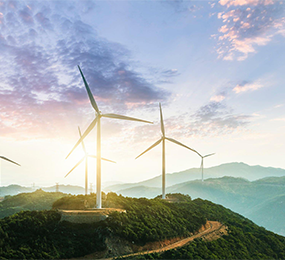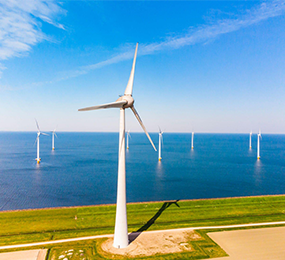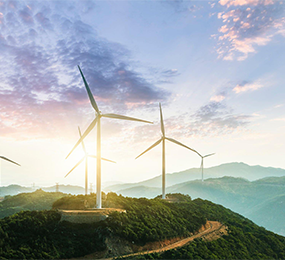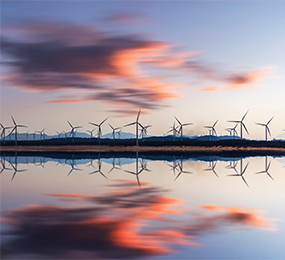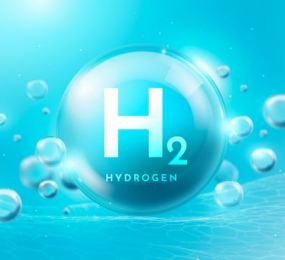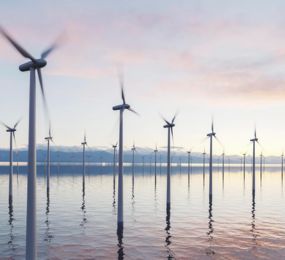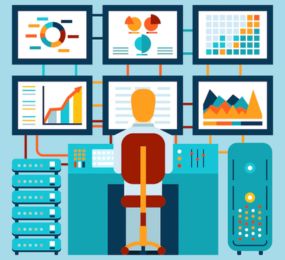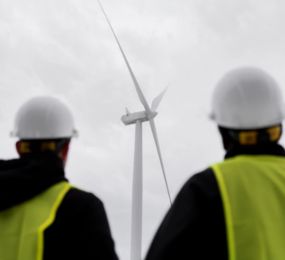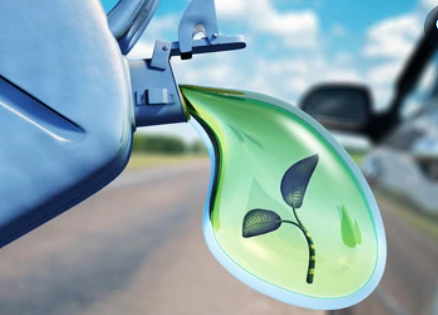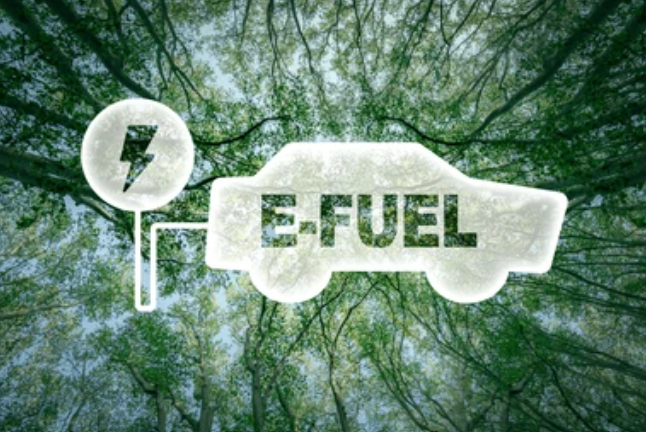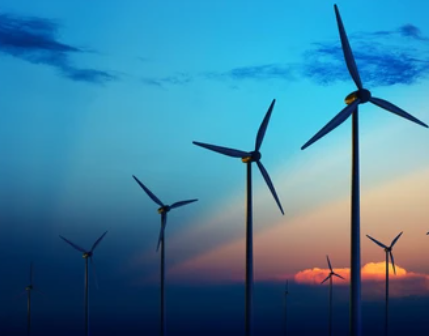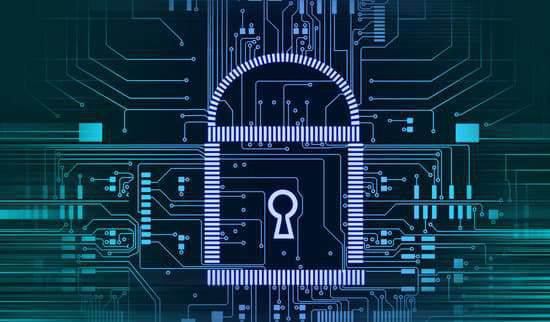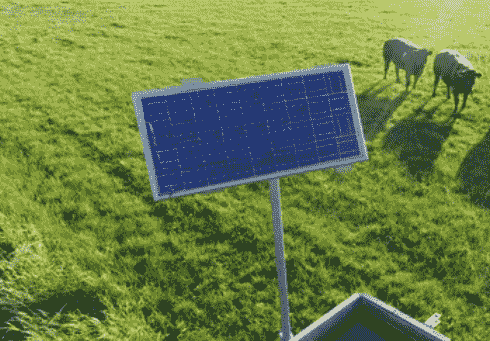The winds of change are blowing strong, and the sun is shining bright on the future of renewable energy. However, integrating these variable resources – wind and solar – into the traditional power grid presents a unique set of challenges. Unlike conventional power plants that operate on a predictable schedule, renewable energy sources are inherently intermittent and variable. This variability can disrupt grid stability and power quality, posing significant hurdles to our transition towards a clean energy future. But fear not, innovation is at the forefront, and a wave of solutions is emerging to bridge the gap between renewable energy and a reliable grid.
Understanding the Challenges:
-
Intermittency and Variability: The wind doesn't always blow, and the sun doesn't always shine. This inherent variability in wind and solar energy production can cause fluctuations in power supply, making it difficult to maintain a constant grid frequency.
-
Power Quality Issues: Fluctuations in renewable energy output can affect power quality, leading to voltage and frequency imbalances that can damage sensitive equipment.
-
Transmission Constraints: The existing grid infrastructure may not be equipped to handle the large-scale integration of renewable energy sources, especially those located far from population centers.
Charting a Course for Solutions:
-
Energy Storage: Energy storage technologies like batteries and pumped hydro storage can bridge the gap between renewable energy production and consumption. By storing excess energy during peak production times and releasing it during periods of low generation, these technologies can help stabilize the grid and ensure a consistent power supply.
-
Smart Grids: The traditional grid is undergoing a digital transformation, evolving into a "smart grid." Smart grids utilize advanced communication and control technologies to optimize energy flows, integrate renewable energy sources more effectively, and improve overall grid resilience.
-
Demand-Side Management: Encouraging consumers to shift their energy usage to off-peak periods when renewable energy production is high can help alleviate pressure on the grid during peak demand times. This can be achieved through smart meters, time-varying electricity pricing, and energy-efficient appliances.
-
Grid Expansion and Reinforcement: In some cases, expanding and reinforcing existing transmission infrastructure may be necessary to accommodate the large-scale integration of renewable energy sources, particularly in areas with significant renewable energy potential located far from major demand centers.
Overcoming grid integration challenges is not an insurmountable feat. By implementing a combination of these solutions, we can pave the way for a future powered by clean, renewable energy. A more flexible and intelligent grid, coupled with innovative energy storage technologies, will ensure a stable and reliable power supply for generations to come.
The road ahead demands collaboration between governments, the energy sector, technology providers, and consumers. By working together, we can transform the grid into a robust and adaptable platform, enabling us to harness the full potential of renewable energy and build a sustainable future for all.
To register or learn more about the Forum please check here: https://www.leadventgrp.com/events/4th-annual-offshore-wind-operations-and-maintenance-forum/details
For more information and group participation, contact us: [email protected].


